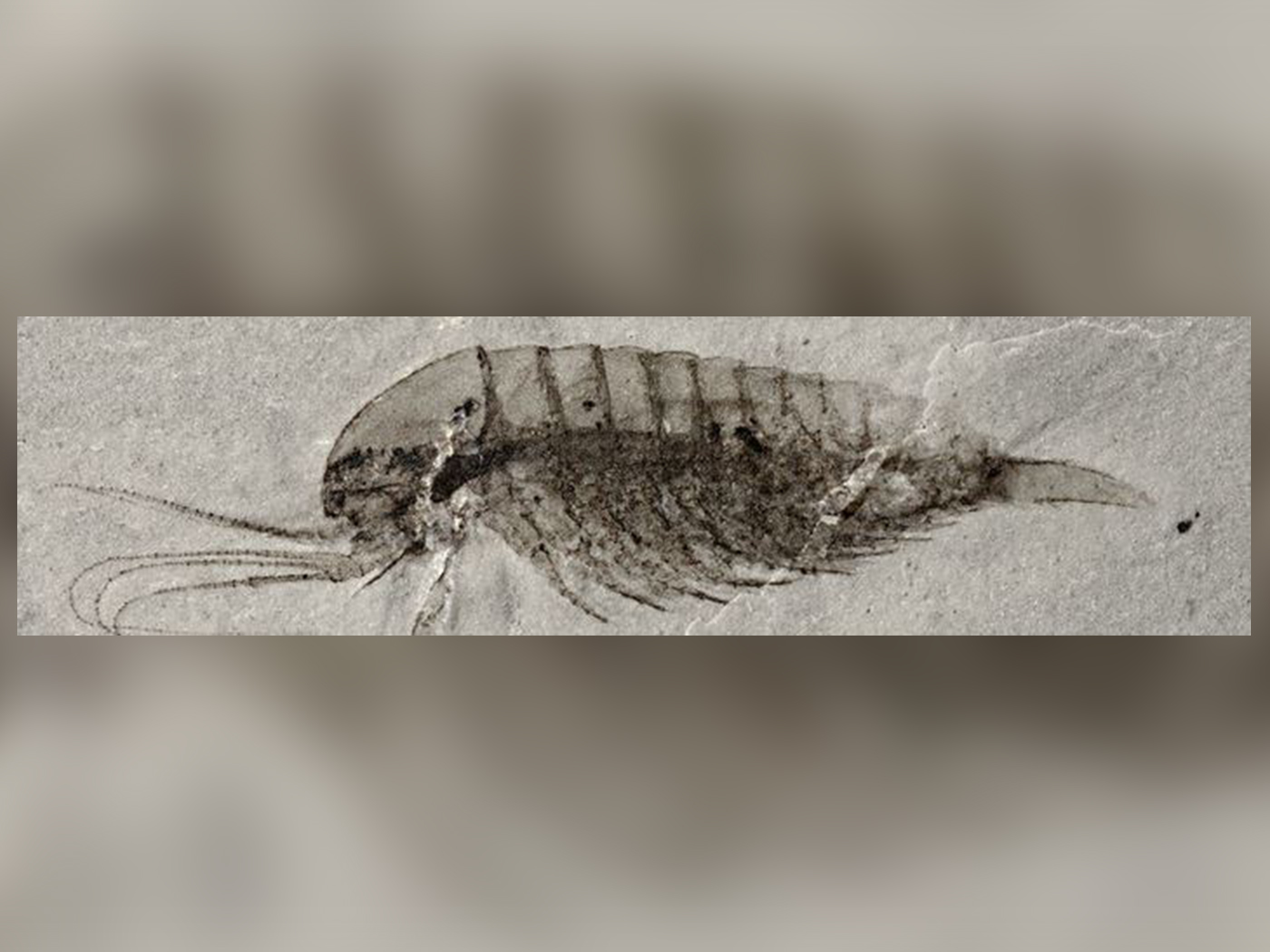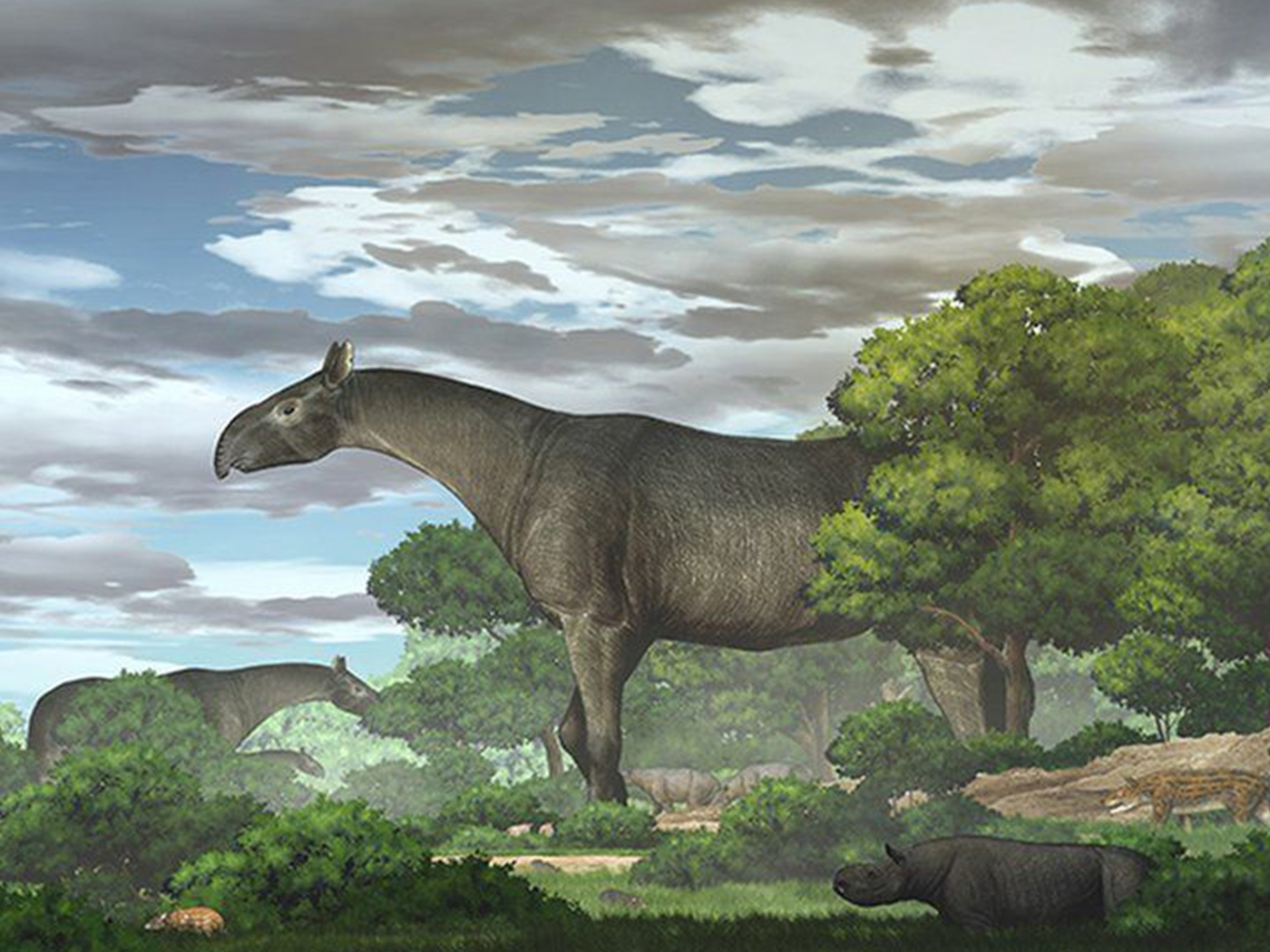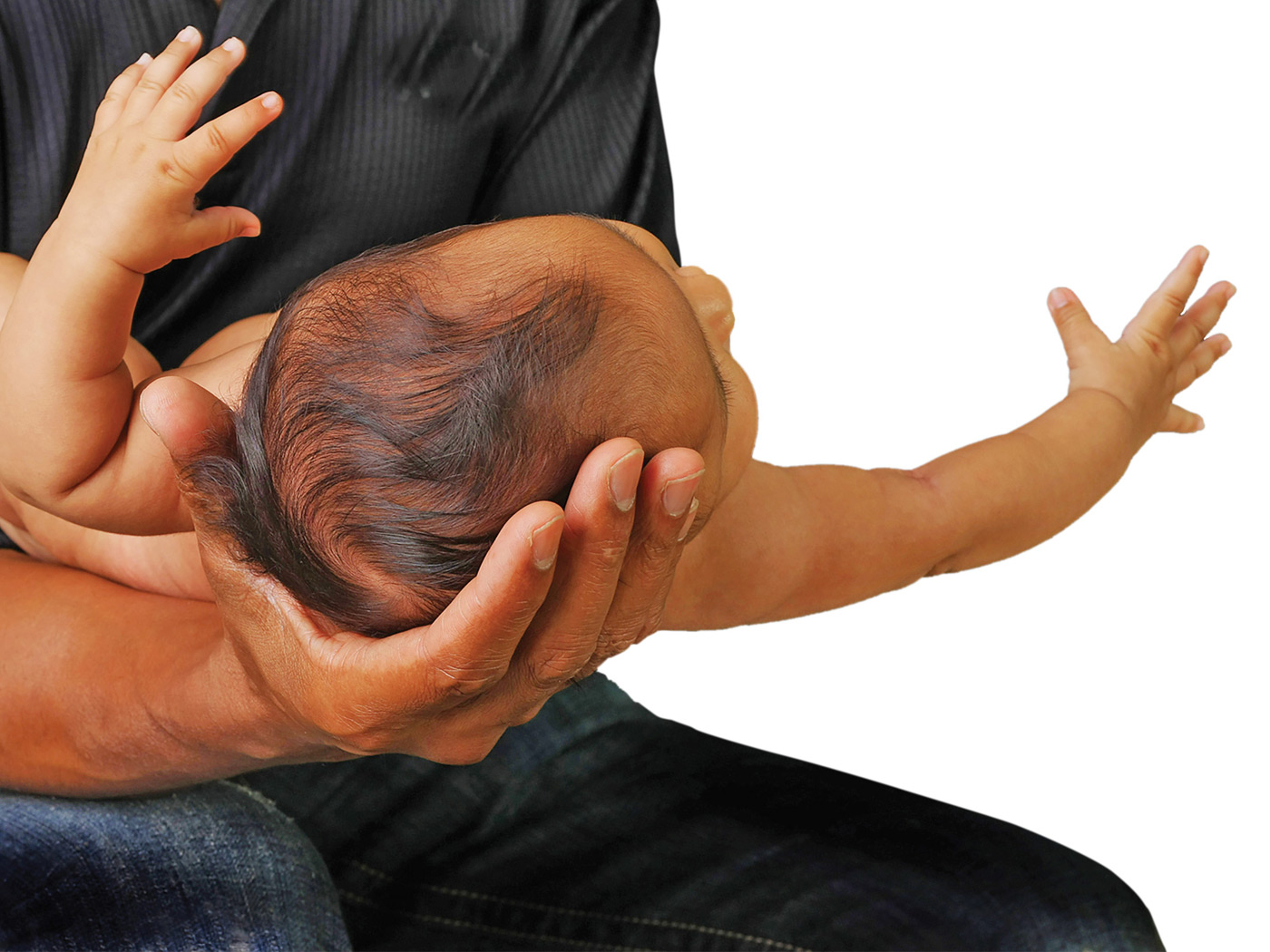Yale anthropology professor Andrew Hill and graduate student Faysal Bibi are studying elephant footprints and other fossils near oil-rich Abu Dhabi in the United Arab Emirates. In this formerly lush and verdant area, the scientists’ fascinating finds fit well with the biblical model.
Bibi told Gulf News about the intriguing fossils: “It is like walking in a crazy zoo or a dream zoo and saying, ‘That animal resembles an elephant but it is much smaller or much larger or it has four tusks.’”1 The desert fossils are thought to be 6 to 8 million years old according to the standard evolutionary timeline, but “the interesting thing is these animals are recognisable versions and ancestors of the animals we know today.” After all these supposed millions of years, why have today’s versions of these creatures not evolved beyond the boundaries of their basic recognizable forms?
Creation scientists maintain that distinct “kinds” were created according to Genesis, each with inherent variability as well as an inherent and inviolable core identity. Thus, it is not a surprise to them that scientists can recognize these “ancestor” fossils in relation to modern animals.
Evolutionary scientists assign millions of years to their fossil finds based on their assumptions that the rock strata in which they are found took unfathomable ages to form. Creation scientists are formulating diagnostic procedures to interpret when each rock layer was formed within a biblically consistent, young world timeframe.2 In the young-earth model, the vast majority of earth’s sedimentary rocks were deposited during the year-long global Flood of Noah, but strata typically interpreted as being Quaternary and Tertiary were very likely post-Flood deposits.3 Since the Abu Dhabi fossils are in Miocene rock (of the Tertiary Era), they are post-Flood remains.
If the Abu Dhabi elephants lived relatively soon after the Flood, however, why do they show such differences from others of their kind? Darwinian evolution predicts that long time spans would be necessary to generate variety in “species,” but recent studies show that radical genetic changes can occur rapidly under the right conditions.4 Thus, it is not surprising that these strange varieties of elephants existed so soon, perhaps on the order of hundreds of years, after the ~2300 BC Flood.5
No fossilized transitional forms have been found in Abu Dhabi or elsewhere, which is contrary to what the broad picture of macroevolution would predict. Much as dog breeds show wide varieties yet are distinctly dogs, and like the ancient remains of Syrian camels that are outsized yet are nonetheless undeniably camels,6 these elephant fossils are definitely elephants and not just another branch on the evolutionary tree.
References
- Mohammad, E. 2009. Digging into Abu Dhabi’s Green Past. Gulf News. Posted on gulfnews.com January 14, 2009, accessed January 19, 2009.
- Whitmore, J.H., and Garner, P. 2008. Using Suites of Criteria to Recognize Pre-Flood, Flood, and Post-Flood Strata in the Rock Record with Application to Wyoming (USA). Proceedings of the Sixth International Conference on Creationism. Pittsburgh, PA: Creation Science Fellowship and Dallas, TX: Institute for Creation Research, 425.
- Garner, P. 2008. Time for an Upgrade? Answers. 3 (4): 49.
- Mouse Study Suggests Mammoth Evolutionary Change. University of Illinois at Chicago press release, May 21, 2003.
- Morris, H. 2001. The Microwave of Evolution. Acts & Facts. 30 (8).
- Thomas, B. Camel Remains Remain Camels. ICR News. Posted on icr.org October 2, 2008, accessed January 19, 2009.
* Mr. Thomas is Science Writer.
Article posted on January 26, 2009.























